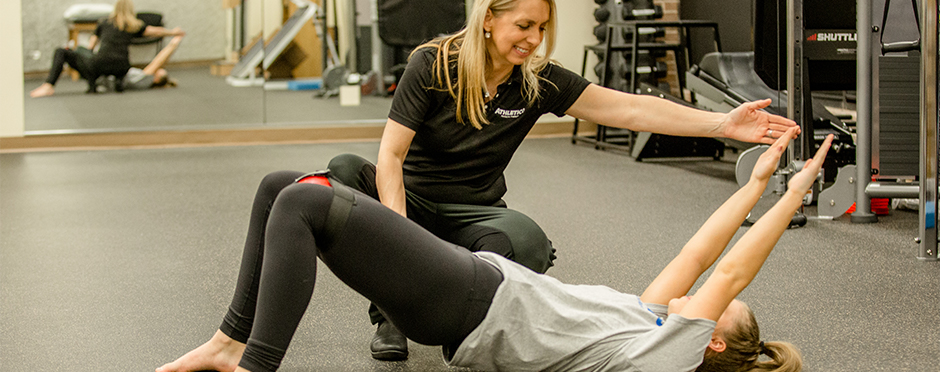
The Common and Not So Common Diagnoses PT Can Treat
Leave a CommentOctober is National Physical Therapy Month! To help spread the word about the benefits of physical therapy, let’s take a look at some of the common diagnoses and lesser known conditions that physical therapy can help!
Strains and Sprains
Strains and sprains of the body are very common and widely treated with physical therapy. A sprain is an injury to a ligament whereas a strain is an injury to a muscle tendon. Strains and sprains can occur throughout the body and at every joint. Physical therapy can help you recover from these types of injuries by addressing muscle or joint tightness and weaknesses to improve strength. This helps minimize the risk of re-injury.
TMD
The temporomandibular joint (TMJ) is located near the ear and is where your jaw attaches to the skull. Symptoms of TMD (temporomandibular dysfunction) can include painful joint sounds, restricted movement and pain. Physical therapy can use manual and exercise techniques to relieve pain in the joint and muscles, as well as to improve range of motion of the temporomandibular joint. Physical therapy can also address other issues that may be affecting the TMJ, including posture and neck pain.
Concussion
Physical therapy can address symptoms of concussions such as headaches, neck pain and blurred vision. Physical therapy can also help with tolerance of cardio activities following a concussion, as evidence shows that active rehabilitation after a concussion is encouraged.
Women’s Health
Pain in the pelvic region is very common, however many suffer in silence. Women’s health physical therapists are specially trained in the treatment of the pelvic floor. These specially trained physical therapists use their knowledge to help strengthen these commonly weak and ignored deep core muscles.
Total Joint Replacements – Hip, Shoulder, Knee
Another fairly common diagnosis seen in physical therapy is that of a joint replacement. The most common total joint replacements are the hip, shoulder and the knee. Physical therapy is a vital part of rehab after any joint replacement, as it helps you return to your previous activities by improving joint mobility, muscle flexibility and muscle strength.
Plantar Fasciitis
Plantar fasciitis is a fairly common diagnosis and is categorized by pain in the foot, particularly in the heel region. Physical therapy can help by addressing muscle tightness through stretching. In addition, physical therapy can help to strengthen the muscles of the foot to improve posture in order to take some of the pressure off the painful area.
Vertigo
Uh oh, you’re feeling dizzy, especially when you turn over in bed. Don’t fear, this is often a top symptom of Benign Paroxysmal Positional Vertigo (BPPV). BPPV is categorized by short periods of time with a spinning sensation and is an issue of the inner ear. BPPV can be treated by physical therapists trained in vestibular techniques, sometimes in as little as one session.
There’s More
These are just a few of the many conditions the physical therapy can help treat. If you have questions about a pain or injury, contact an Athletico clinic near you.
The Athletico blog is an educational resource written by Athletico employees. Athletico bloggers are licensed professionals who abide by the code of ethics outlined by their respective professional associations. The content published in blog posts represents the opinion of the individual author based on their expertise and experience. The content provided in this blog is for informational purposes only, does not constitute medical advice and should not be relied on for making personal health decisions.
